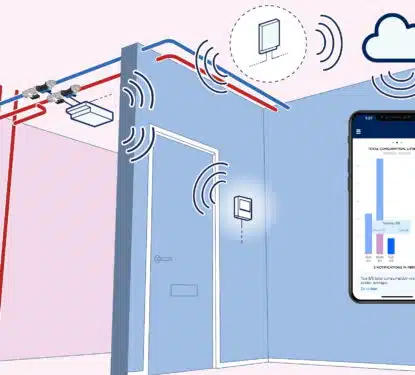Next Week (Wednesday July 22nd), as part of our FREE webinar series, Memoori will be exploring Project Haystack. Talking to Marc Petock, VP of Marketing at Lynxspring and John Petze, Partner at SkyFoundry. The webinar will discuss how the open source initiative Project Haystack is streamlining working with data from the Internet of Things. Project Haystack is creating standardised semantic data models and web services with the goal of making it easier to unlock value from the vast quantity of data being generated by smart buildings. Today’s automation systems, equipment, metering systems, smart devices and IoT applications produce tremendous amounts of data. This data can be very hard to organise and use across different applications because it is stored in many different formats and has inconsistent naming conventions and very limited data descriptors. In essence it lacks information to describe the meaning of the data, and without meaning a time-consuming manual effort is required before […]
Most Popular Articles

MRI Software: Exploring the 2025 IPO & Sale Options
This Research Note examines a report from Reuters that MRI Software is to be listed in an IPO or sold. We explore the development of the business over the last 10 years, since it was acquired by private equity owners, highlight their software acquisitions for commercial real estate applications addressing integrated workplace management, tenant experience […]

Podcast 40: Stiles Property Management Found $400K+ in Hidden Savings
Most property managers know their buildings are hemorrhaging money through inefficient systems. The problem? They have no idea where to start looking. Devon Newton, VP of Property Management at Stiles, faced this exact challenge with 110 East, a new Class A development in Charlotte’s Southpark district. Despite managing 116 properties across the Southeast, she found […]

Smartvatten Strengthens European Position with 2025 LeakLook Acquisition
This Research Note examines Smartvatten, a Finnish specialist in water efficiency technology and expertise in Northern Europe. It updates our previous article in March 2024, covering Smartvatten’s solutions, key developments in 2024, sustainability partnerships and the September 2025 acquisition of LeakLook, a Finnish specialist in IoT-driven water monitoring for real estate. Smartvatten Profile Established in […]
